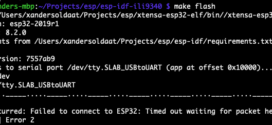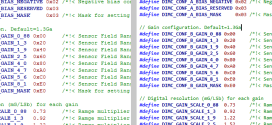Original article here: [LINK].
Carnegie Mellon will release a fully working, downloadable “Technical Demonstration” of their new Robot Virtual World (RVW) programming tool to the world on February 9, 2011.
The first world takes students to planet H99 where they will be able to program their robots using feedback from encoders, sonar, and compass sensors. The RVW project is designed to blend computer science lessons, engineering design, and gaming to teach programming and CS-STEM concepts.

Students will earn points and access new levels as they learn to program
Students will program LEGO and VEX robots during training, but they will also be able to program virtual world machines like the scientist’s rover or the flying methane sensor. These vehicles will be programmed using the same ROBOTC IDE that students use when they program their LEGO and VEX robots.
We are also integrating opportunities to program LabVIEW front panels into the RVW. The front panels will be developed using National Instruments free LabVIEW Web UI Builder software. Data fed to the virtual instruments will be derived from conditions in the virtual world as well as from the virtual robots.

Planet H99
The first Robot to the Rescue Computer Programming Game is set on Planet H99. The year is 2050 and the Global Federation of World Evolution has a collaborative research project named H99; short for Habitat 99. The goal of H99 is to place a human colony on the planet by 2099.
The planet is being terraformed by a team of humans and robots with the majority of the work is being done by the robots. (Terraforming is the process of deliberately modifying the atmosphere of a planet to make it habitable by humans.) The student’s job is to program and manage the robots!
Pictured above and to the right is the simulator that will display the robot’s behavior to the student.

 They will be able to zoom in and out and control the camera’s angle using this interface.
They will be able to zoom in and out and control the camera’s angle using this interface.
Pictured at the right is an example of the type of digital display that students will be able to design and program as they play the game. We envision opportunities to develop displays for the greenhouse, fuel stations, vehicles, the weather, and any other game element that has constantly changing data.
—
I can’t wait for this to come out. This is just the first step of many as the development of this virtual programming and playing environment continues.
 Bot Bench I'd Rather Be Building Robots
Bot Bench I'd Rather Be Building Robots




[…] site for the Robot Virtual World (RVW) which I wrote about last week is now […]